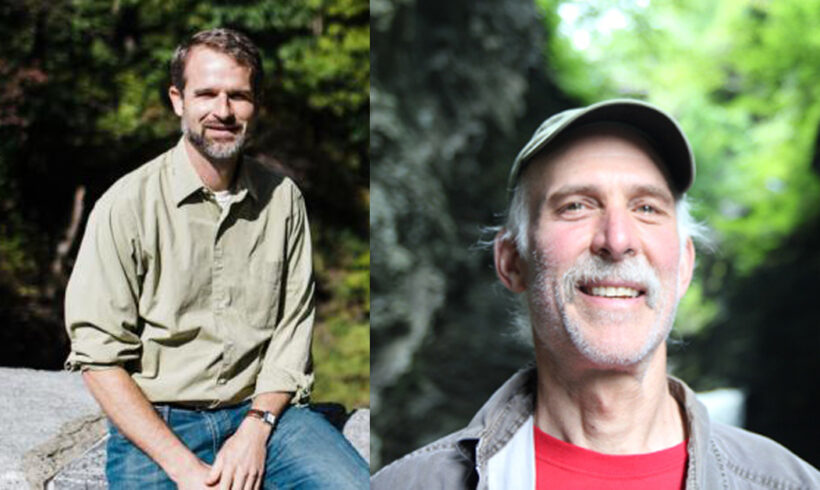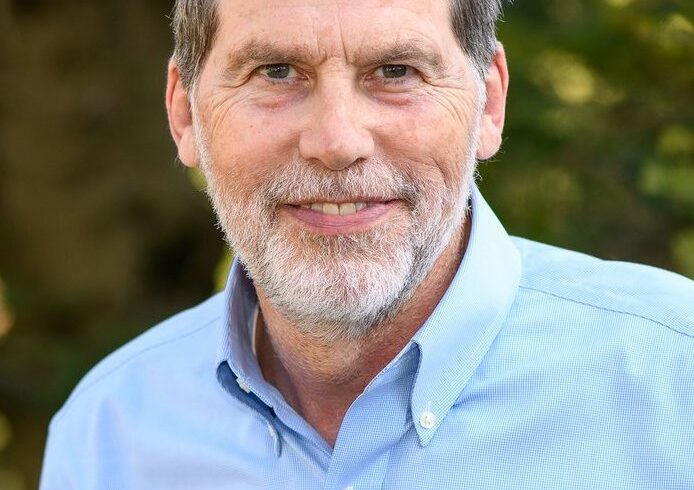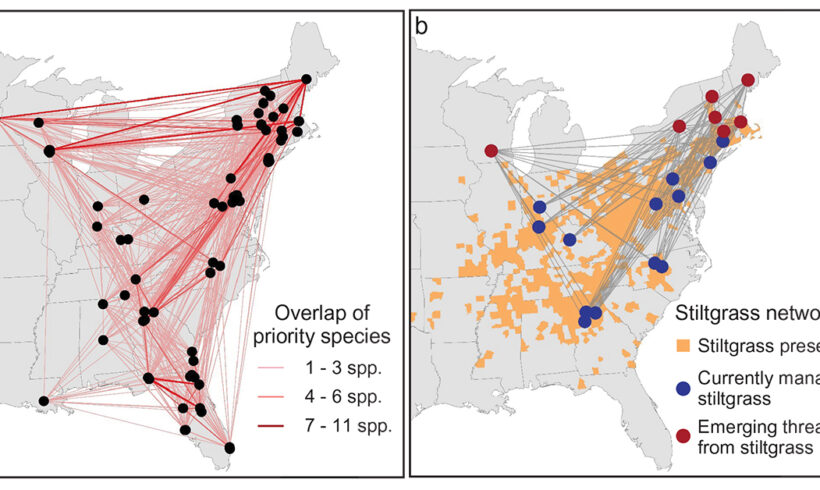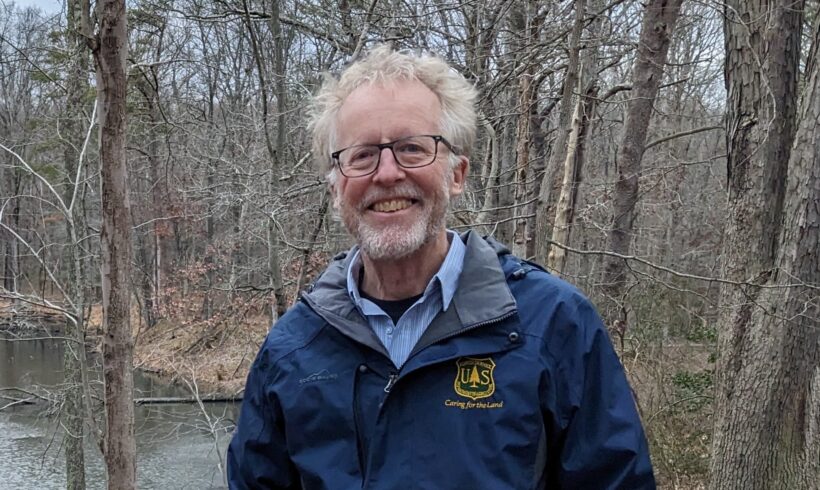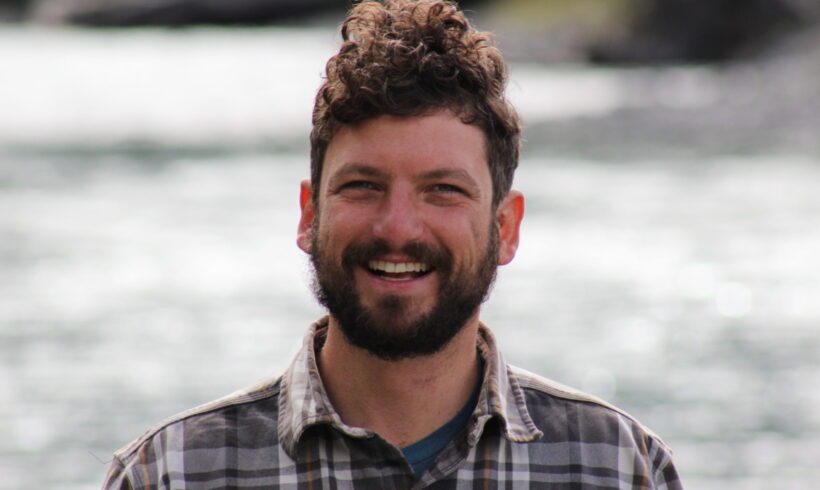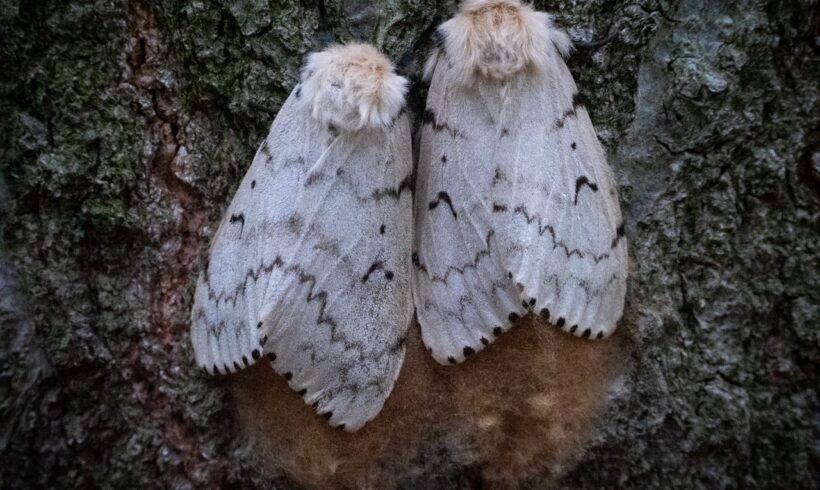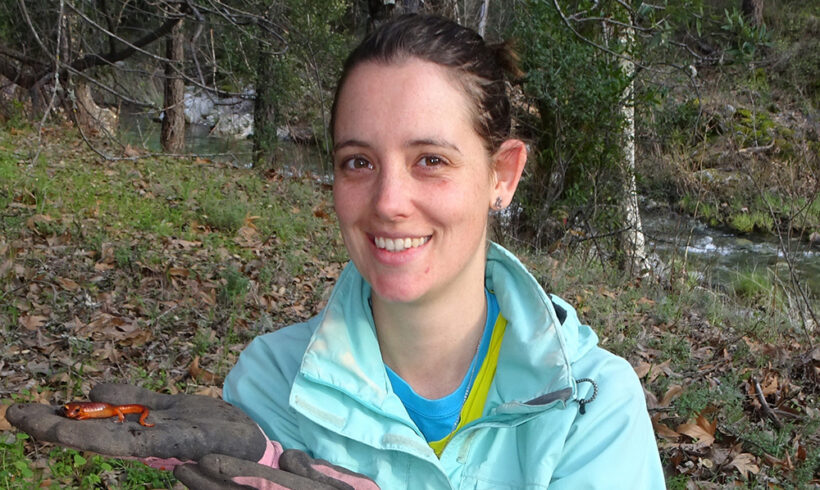This month, we interviewed Dr. Cliff Kraft and Dr. Pete McIntyre of the Adirondack Fishery Research Program who study invasive smallmouth bass in the Adirondacks

New York Invasive Species Research Institute
Archive for tag: climate change
Getting to the (Data) Point
Fusco et al. (2023) summarize what spatial invasive plant data is available in the United States and how it can be used.
Researcher Spotlight: Dr. David Lodge
This month, we interviewed David Lodge, one of the world's leading invasive species experts with a long history of collaborations to advance science into the public policy arena.
Researcher Spotlight: Dr. Jacquelyn Gill
This month, we interviewed Dr. Jacquelyn Gill, a paleoecologist whose research from the past 20,000 years can help us road map into the future of plant management in a changing climate.
Embracing change in policy with a changing climate
Bradley et al. (2023) lay out ideas for better integration of invasive species and climate change policies and practices
Researcher Spotlight: Dr. Andrew Liebhold
This month, we interviewed Dr. Andrew liebhold, a research entomologist with the U.S. Forest Service's Northern Research Station with over three decades of experience studying invasion ecology of major forest invasives.
Researcher Spotlight: Dr. Steve Grodsky
This month, we interviewed Dr. Steve Grodsky at Cornell University who specializes in the emerging field of energy ecology — the study of interactions among energy development, ecosystems, and people.
Peering into predictors at the spongy moth invasion front
Shifting temperature regimes can influence the suitability and spread of invasive insects, including spongy moth. How can secondary host plant connectivity support its expansion across the U.S.?
Researcher Spotlight: Dr. Annette Evans
This month, we interviewed Dr. Annette Evans, a postdoctoral researcher at UMass Amherst/Northeast Climate Adaptation Science Center, whose work combines invasion ecology and climate change to inform land management by modeling abundance and distributions of invasive plants.
Researcher Spotlight: Jennifer Koch, Ph.D
We hear from Jennifer Koch, whose 32+ years of work and collaborations offer a glimmer of hope toward saving our native trees from forest pests, like the Emerald Ash Borer (EAB).

